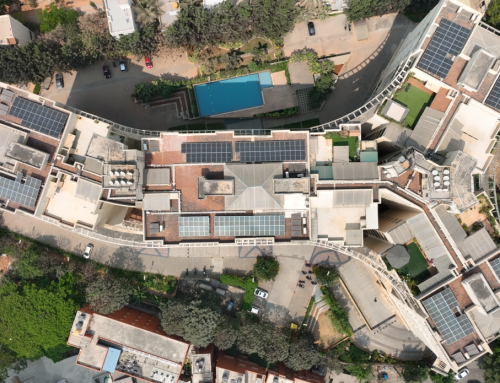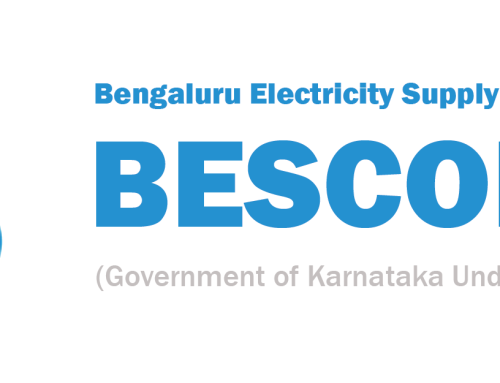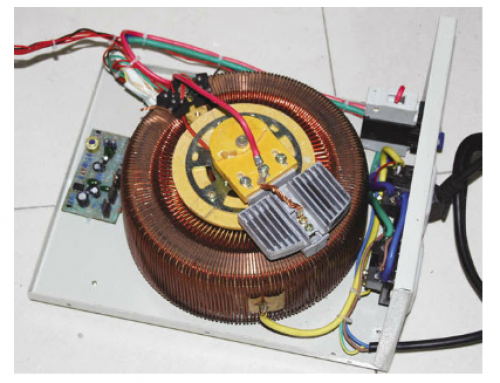Design A Solar Water Pump
Conversion of photons according to our energy needs is one of the great innovations in this 4.5 billion years of earth’s formation. With infinite availability of the photons from the sun makes it easier for the human needs and decreases the dependency on the resources like coal, hydro, nuclear etc.
Existence of life on this planet earth will be uncertain in the absence of the light from sun. Say it vitamin D for humans or photosynthesis process for plants etc, sun is a need. We reached to a stage where the same sun will be source for energy needs in present scenario with depleted resources.
With global warming taking an alarming position, it’s high time that we should use solar power to its complete capability. One of the great applications of solar energy is for use it for solar water pumps. Beauty with this is we can install a solar water pump with very minimal materials. Solar water pump can run with no need of batteries or a charge controller in fact grid connection is also not needed for its basic application.
Let’s see how to design a solar water pump and what are the measures to be taken care if the application is in irrigation or for drinking water or any other purpose.
Design Solar water pump system
Solar water pump is one of the most important application in the Photovoltaic (PV) industry. With this advancement, it contributes to the progress of every individual. Farmers for agriculture purpose, Women in villages – betterment of sanitation & health issues, in every residence water pump could itself be an independent system.
Key elements for the pump:
The key elements of the solar water pump are solar modules and the water pump. Water pump can be of submersible and surface pump. Water pump can be decided based on certain conditions.
Surface pumps could be used in open water bodies like lakes, rivers, wells etc. If the water level is less than 20 feet depth, atmospheric pressure can help the pump with enough suction. Beyond which, in case of well or bore submersible pumps are used. Incase of borewells standard casing is about 4 to 6 inches.
Selection of the pump:
Selection of pump is generally done on following factors:
- Water that needs to be pumped
- Requirement of the water/day
- Rate of flow of water necessary
- Compatibility of the available water source.
Basics to be considered:
Lift : Pick up point at the source to delivery point at the consuming end. These two points are dynamic points. The point at which the water starts pumping at source to point of delivery in the tank is called lift.
Head : This is considered as length of pipe. Head is the friction caused due to the pipes while pumping the water. Dynamic head is considered as lift and head together.
Consideration of Lift & Head for design:
Vertical lift components depend on following factors.
- Difference of Elevation
- Approximate water depth
- Adjustment as per the season
- Maximum possible depletion of the water level
- Draw down – level at which water level is dropping based on pumping
Considering all the above :
Total Vertical Lift = Elevation + Water Level + Drawdown
Total Water head :
The depth from which water has to be lifted. Static and dynamic head to be calculated. In case of agriculture purpose total water head is sum of static head and dynamic head, whereas in case of other purposes like drinking water total water head is sum of static head, dynamic head and height of the storage tank.
Total Water head = Static head + Dynamic Head + Height of Storage Tank
Determining Water Demand:
The minimum quantity of water required by an individual. Govt. of India standards mentioned that on an average a minimum of 40 litres/person/day should be made available. In case of irrigation purpose water demand is calculated based on need for cubic meter.
Water demand is always calculated for the targeted year on consideration with population and crop which is to be considered.
Daily water demand (in litres/day) = Population X per person daily water demand
Determining system size:
For drinking water system size is based on number of days water needs to be stored. There are some losses considered while designing the system. Average insolation in India s 5.5kWh/sqm/day
Energy required = Mass of Water X Gravity X Total water head (in Joules or kiloJoules)
Array load = Energy Required / System Efficiency
Array size = (Array load X Reserve days) / (Insolation X Mismatch factor)
If you are interested to install a solar water pump, fill in the form below and one of our representatives will connect with you soon!





